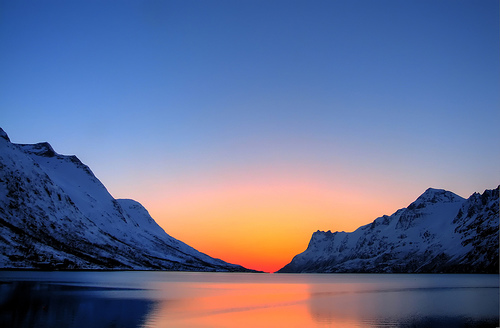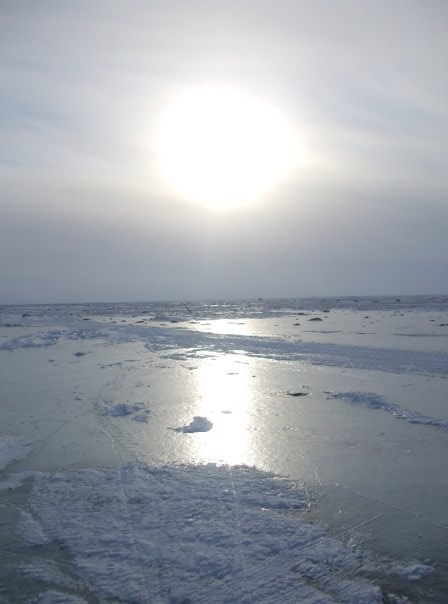
Intergenerational Trauma
Intergenerational trauma has been described by those impacted by it as “Russian dolls” of inherited historic trauma locked within one’s psyche.
Defining Intergenerational Trauma
The broader impacts of settler-colonialism has caused intergenerational trauma within Indigenous populations across Turtle Island (North America).[1] The “root” source of intergenerational trauma is found in Indigenous peoples’ dislocation from their traditional lands, hunting grounds, and food subsistence strategies; loss of Indigenous languages, traditions, culture, and world views; destruction of Indigenous kin networks, communities, and family supports; and loss of forms of Indigenous education, Elder knowledge, and traditional stories.[2] Symptoms of intergenerational trauma, according to Peter Menzies, constitute “anxiety disorders, mental health issues, alcohol and substance abuse, depression, suicide, low self-esteem, criminal activity, sexual abuse, loss of identity and culture, homelessness, child abandonment, misogyny” as well as several other very serious social dysfunctions “that are significantly higher in [Indigenous] communities than that of the general population of Canada.”[3]


